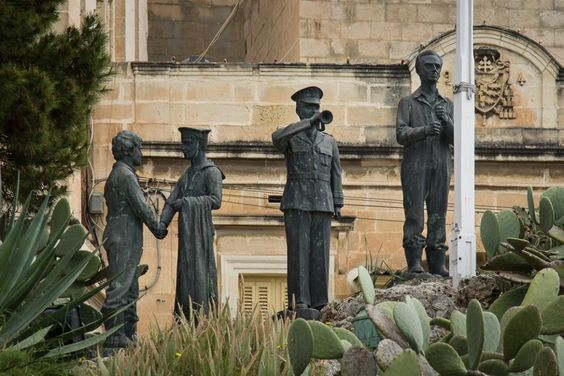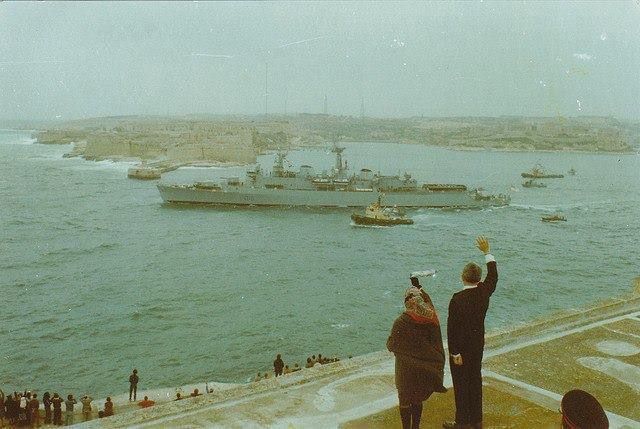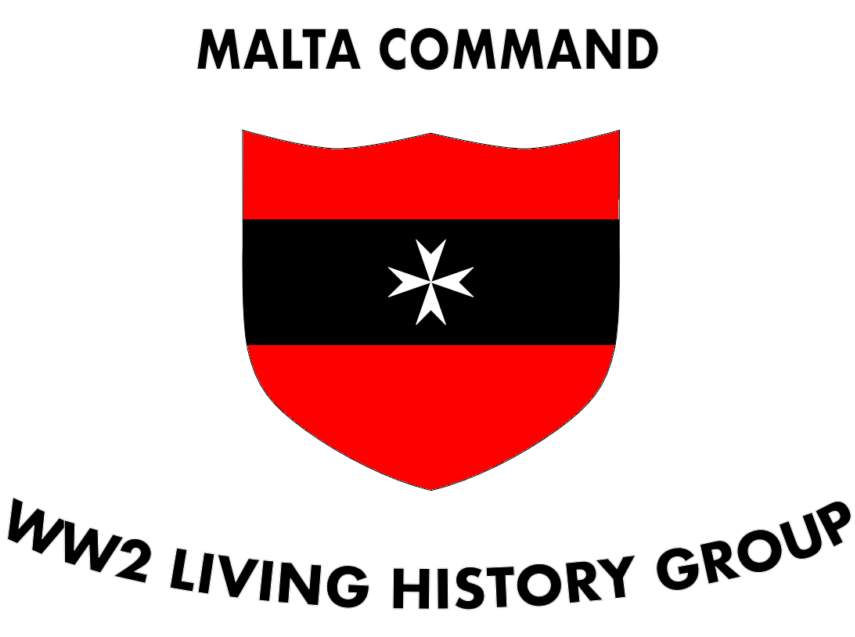As long as Great Britain posses Malta, though every surrounding nation be our enemies, she will be the mistress of the Mediterranean.
Aeneas Anderson, May 1801.
Introduction
The Royal Navy of Great Britain knows its entry into the Mediterranean with the capture of Gibraltar in 1713. It later captured Minorca and made a base in the Ionian Islands.
During the same period, Malta was occupied by France and the Maltese had asked Britain for assistance during the blockade of the French garrison in Malta. Following the surrender of the French, Britain did not return Malta to the Order of St. John but remained to occupy the islands until they were ceded to her and transformed into a British Crown colony in 1813, which was confirmed by the Treaty of Paris in 1814.
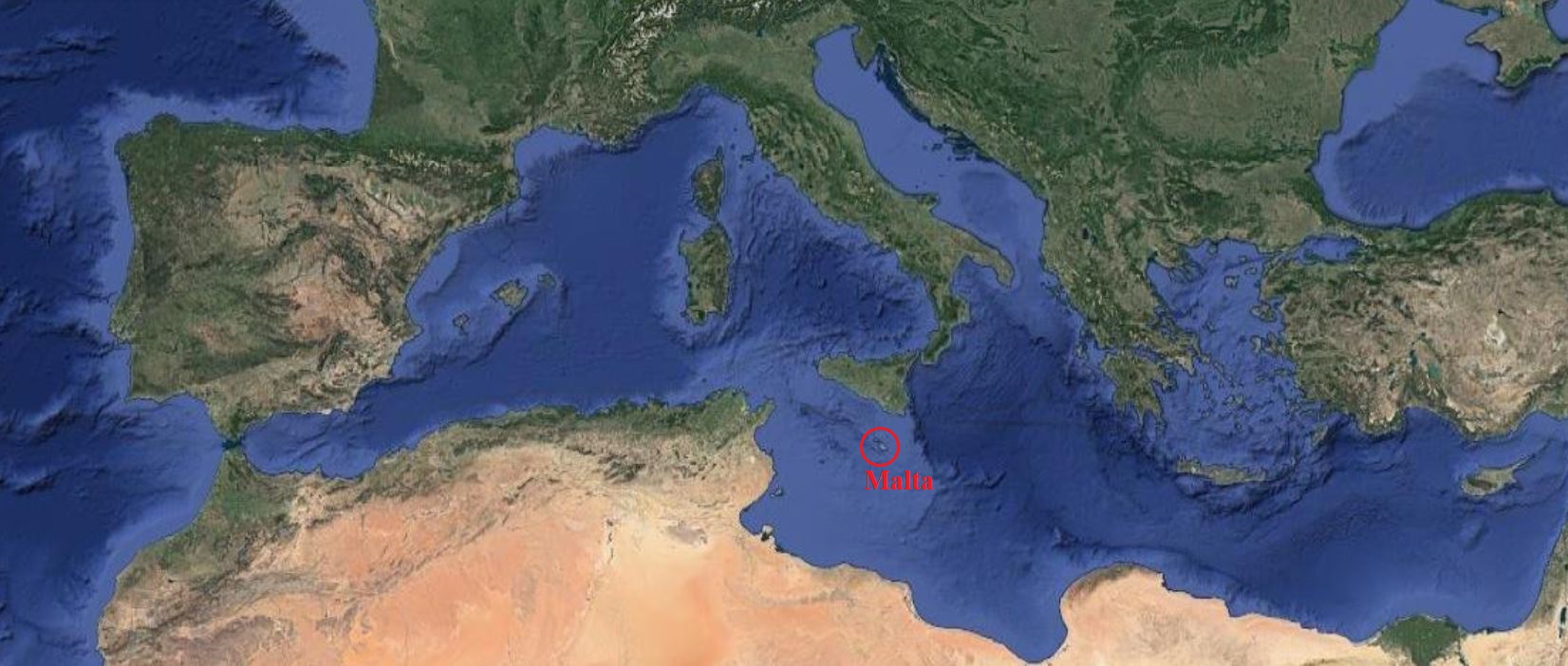
The geographic location of Malta, its excellent harbours and the facilities left by the Order of St John, made the Maltese islands an excellent base for the Royal Navy in the Mediterranean. The British turned Malta into its main base for its Mediterranean Fleet. Malta’s harbours were capable of hosting an entire fleet safely moored, as well as serving as a transit station, and for supplies and refuelling. But most of all for its dockyard facilities, which became one of the numerous projects in improving the harbours undertaken by the British administration and the Admiralty between the mid-19th century and the beginning of the 20th.
At first, the Royal Navy and its dockyard establishments were based in what was known as Galleys Creek between Senglea (l-Isla) and Vittoriosa (Birgu) and occupied several of the buildings formerly used by the fleet of the Order of St. John. In 1832, the Royal Navy inaugurated its own new hospital at Bighi in Kalkara. By 1850, these facilities included the first dry-dock to be built for the Royal Navy outside of Britain (1844-1847), as well as naval bakery and victualing facilities, storehouses, rope and sail works, quarters for its officers, new factories, foundries and numerous workshops. With the advent of steam and the need for expansion, it was evident that Dockyard Creek was not enough to cater for such an increasing fleet and naval requirements and two more dry-docks and ancillary facilities were constructed in French Creek on the other side of Senglea, as well as other depots at various corners of the Grand Harbour. Between 1861 and 1909 the Royal Navy now had five dry-docks, a telegraphy transmission and receiving station at Rinella and naval barracks and quarters.
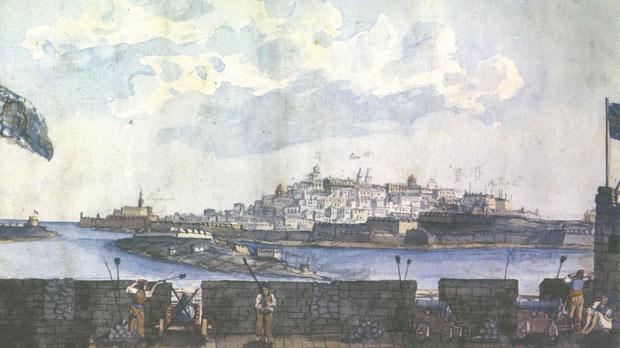
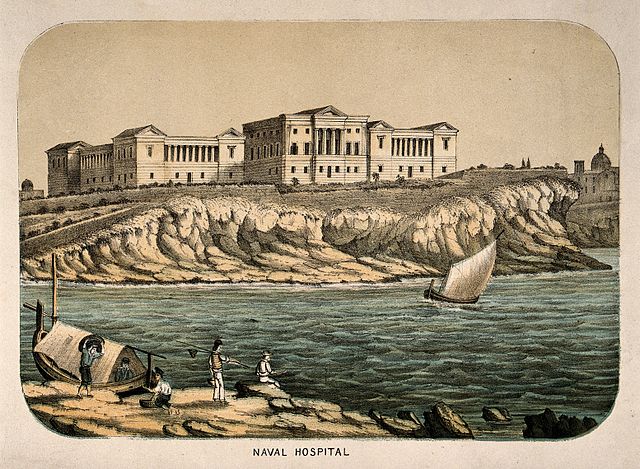
By the end of the 19th century, the Mediterranean Fleet was the largest squadron of the Royal Navy consisting of ten 1st Class battleships with a large support of smaller warships, most of which could be seen anchored or berthed all around the Grand Harbour. With these, troopships, transporting soldiers to distant stations and campaigns, merchantmen bringing vital supplies and others craft, daily thronged the harbour, supporting the Royal Navy and the islands’ needs.
One has to keep in mind that Maltese men had enlisted in the Royal Navy from well before its establishment in Malta and many civilian workers were employed at the Dockyard and at the other establishments, and remained throughout its presence in Malta.
The famous Fort St. Angelo became HMS Egmont in 1912 and the base of the Royal Navy in Malta, which was renamed HMS St. Angelo in 1934.
With the introduction of the aeroplane to the Royal Navy, two new stations were built at Kalafrana in the south and at St. Paul’s Bay to the north of the islands.
Although hostilities did not reach Malta during the First World War, the Royal Navy played a very important role in Malta. British and ships of allied navies arrived for coaling, supplies, troop movements, as well as to bring the wounded from the Dardanelles and other theatres of the war.
During the years following the war, the Royal Navy had increased its presence in the Mediterranean and Malta was its main base, followed by Gibraltar and Alexandria. Due to the situation in Europe during the 1930s, the Royal Navy moved its fleet to Alexandria, particularly after Italy had started implementing its policy of irredentism by means of war, particularly Italo-Abyssinian War of 1935-36. Very few ships remained in Malta other to those tendering services in the harbour.
On September 3, 1939, Great Britain decaled war on Nazi Germany and Malta was placed on a state of alert. However, the war did not come to the islands until June 11, 1940, the first air-raid by Italian aircraft commenced. It was during this time when Manoel Island and Fort Manoel become a naval submarine base; HMS Talbot and HMS Phoenicia.
Of the numerous attacks on the island, the most famous was in January 1941 when sixty German dive bombers made a massed attack on the dockyard and an attempt to destroy the damaged British aircraft carrier HMS Illustrious. Although she received only one hit, the Admiral Superintendent of Malta Dockyard reported that the docks and much of the dockyard were severely damaged.
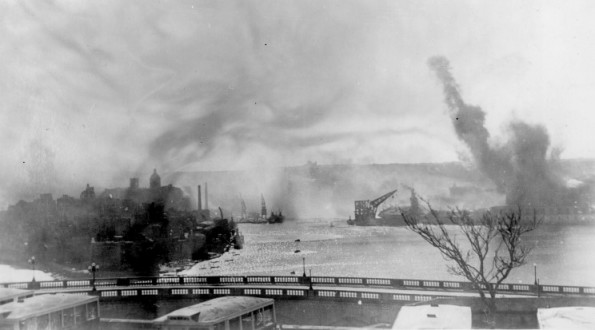
After the war, the Royal Navy’s presence grew smaller, although it retained many of its existing bases and the dockyard. NATO had established a base in Malta in the early 1950s, using a number of the Royal Navy’s facilities. Malta became military active again during the Cyprus Emergency in 1955 and the Suez Crisis of 1956. Between 1959 and 1962, the British services, including the Royal Navy, cut down their presence on the island, particularly the dockyard which became a civil operative. Even after Malta gained its Independence on 21 September 1964, British forces retained a presence in Malta. The Mediterranean Fleet remained until June 1967, when the last Commander-in-Chief Mediterranean Fleet departed. In 1971, NATO was requested to depart from Malta. The Royal Navy retained its presence in Malta but very minimal and small number of Royal Navy ships continued to use Malta until the final withdrawal on 31 March 1979.
